What drove the use of bracket signals in North America was the combination of needing right handed placement due to the limited view ahead from steam locomotives, the need to accommodate multiple tracks in the same direction and the desire to save money. To put it more simply, when the PRR needed to install new signals on a 4-track main line back in the 1870's it could either build costly signal bridges or put up one single bracket signal that could apply to both tracks. It would have another resurgence with the advent of CTC where once again adjacent tracks could have traffic moving in the same direction.
The bracket mast's downfall was due to a number of reasons, The ICC relaxed the rule on left mounted signals, railroads reduced the number of 3+ track main lines and double stack trains required bracket type signals to be mounted even higher so that they could still be sighted over 20 feet of containers. I just wanted to take the time to go over some of the basic types of bracket mast and the context in which they appear.
The earliest (steel) bracket masts used lattice steel uprights like this one seen at BRYN MAWR interlocking on the PRR Main Line. It is worth pointing out that brackets are often utilized as glorified masts when only one signal is fitted.
The most common type of bracket mast is what I like to call the Y style due to the large central support and twin arms that hold up the individual signal masts.
Brackets are known for their generous platforms that support the C&S workers below each signal head.
Y brackets can be upgraded with new signals such as these 1980's vintage US&S modular traffic lights.
The square bracket was made by US&S and was only seen on a few railroads such as the Reading. It featured signal supports with two horizontal connections to the central mast. Above we see an older lattice version and a newer steel pipe version.
The Nickel Plate used a variation of the square bracket that featured square signal supports that extended below the platform, however as you can see it is still a modified Y bracket.
Y brackets eventually evolved into this modern aluminum design popular on the former NY Central parts of Conrail. These three headed signals illustrate the extreme heights that bracket masts could reach which may not have been popular with maintainers.
Of course bracket masts can come in all levels of complexity. This modern Nickel Plate example (same as the Conrail one above) sports only a single searchlight head per signal.
Bracket masts can also be combined with virtual headed signals as seen here on the former MILW route in Wisconsin displaying Diverging Clear.
Here we see perhaps the ultimate Y bracket design up in Canada with a box steel support.
This type of T bracket, seen here on a former C&O line, but also popular with Conrail, featured a slightly more elaborate attachment. Note the contrast between the "old" elephant ear signals and the modern tubular masts.
Today the only railroads to still regularly install bracket masts are the MBTA and the former Guilford Rail System in New Englande. Seen above is a brand new Y type with Darth Vader LED signals. The MBTA still installs target type color light signals.
When Conrail implemented double stacks on its Chicago Line in the early 90's, it hit upon the clever idea of turning one of the two signals on each bracket to convert them into glorified masts. This eliminated the need to either install new mast signals or raise the height of the bracket signals above the level of the double stacked containers.
Of course no discussion of brackets would be complete without the poor man's bracket, which consists of two masts set side by side. This was mostly a Seaboard innovation in the southern part of its territory.
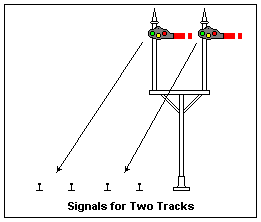




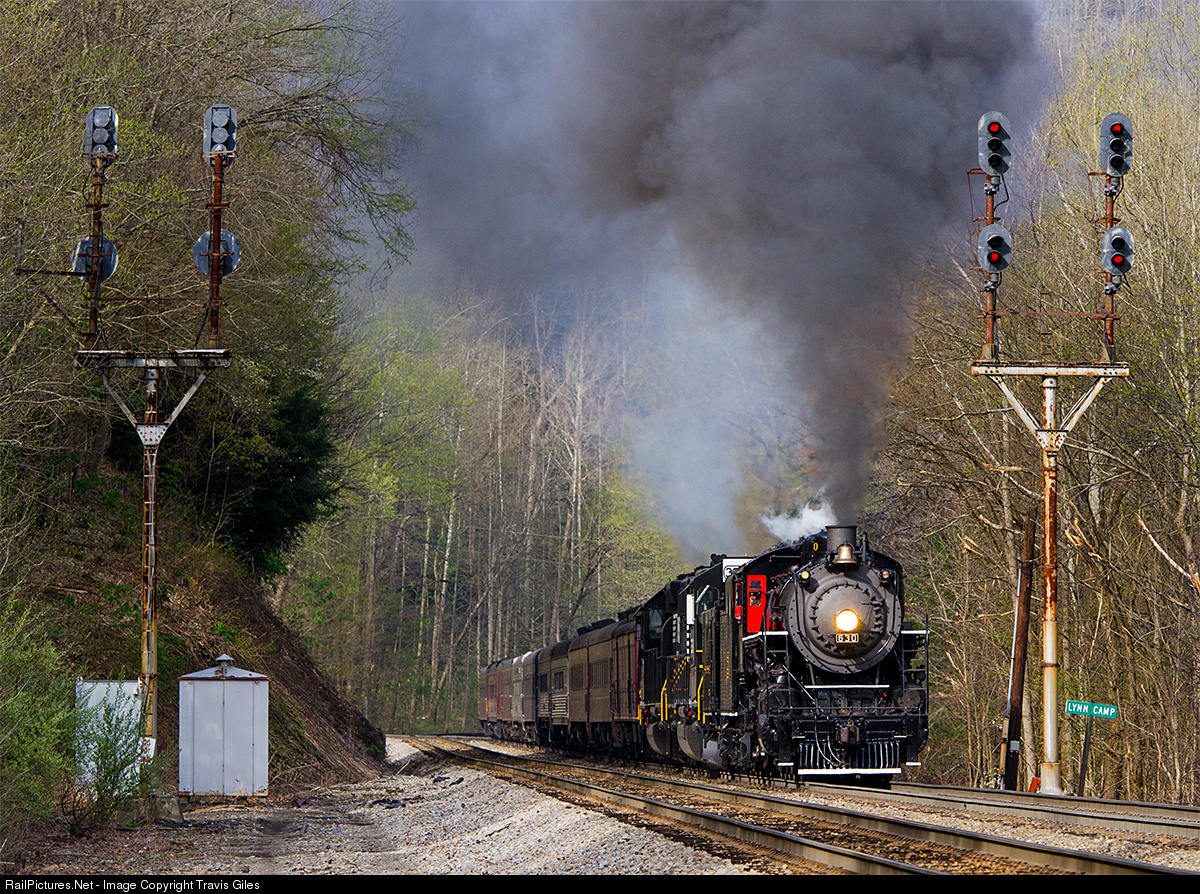


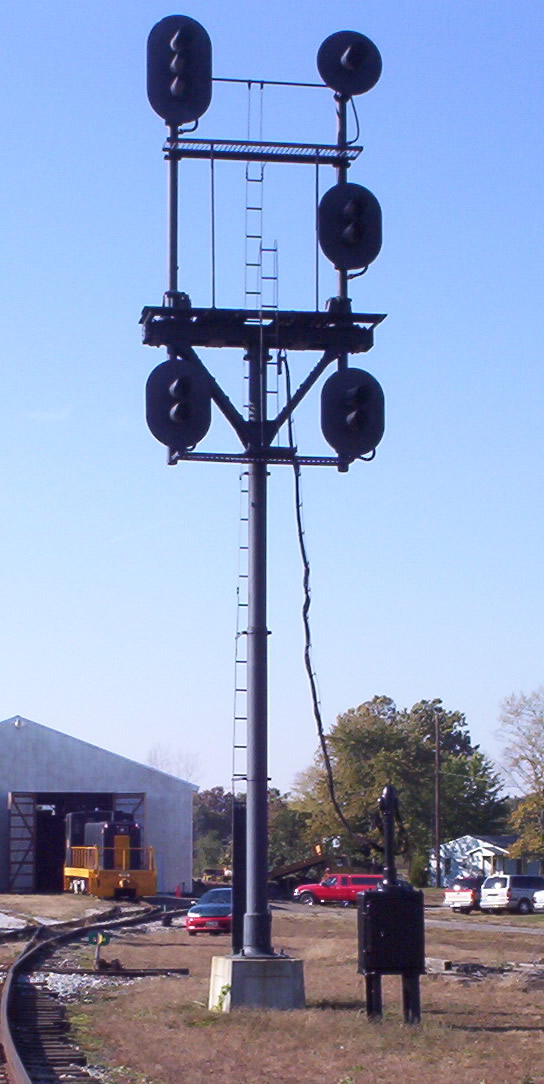
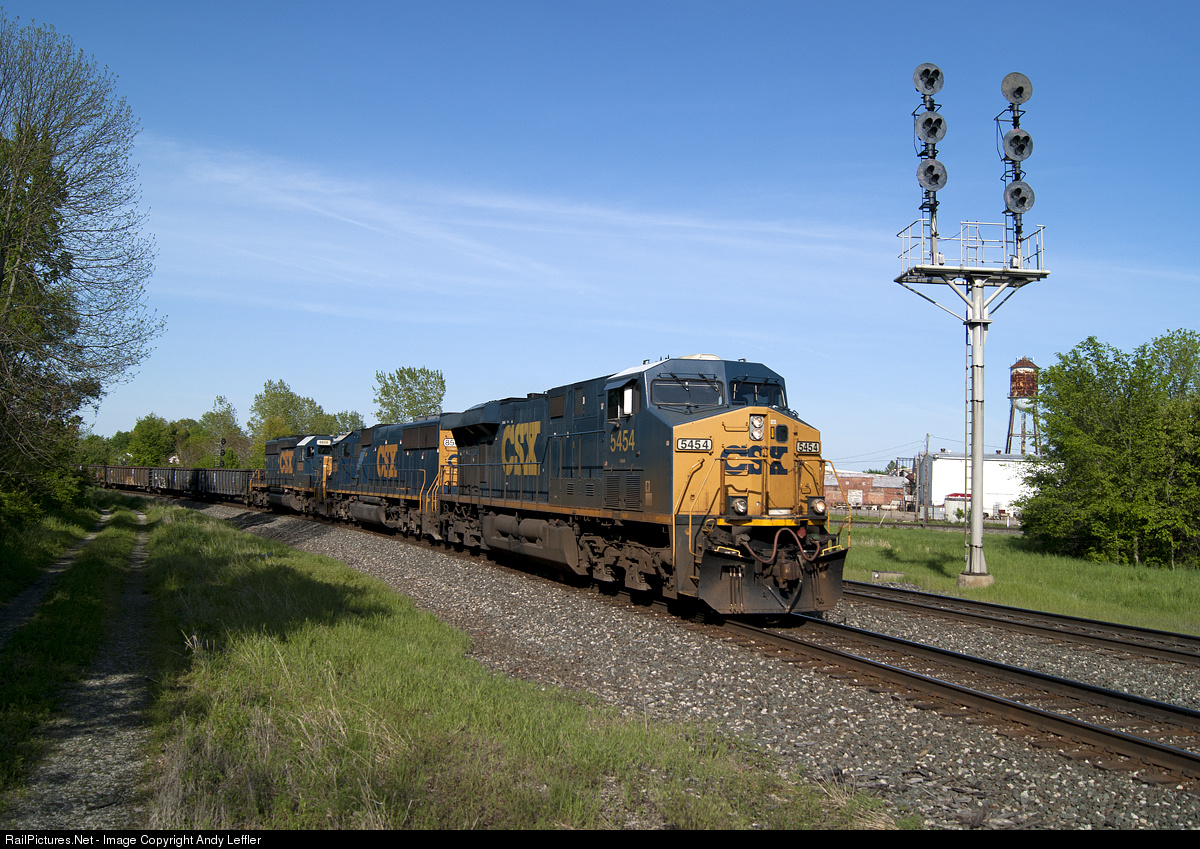
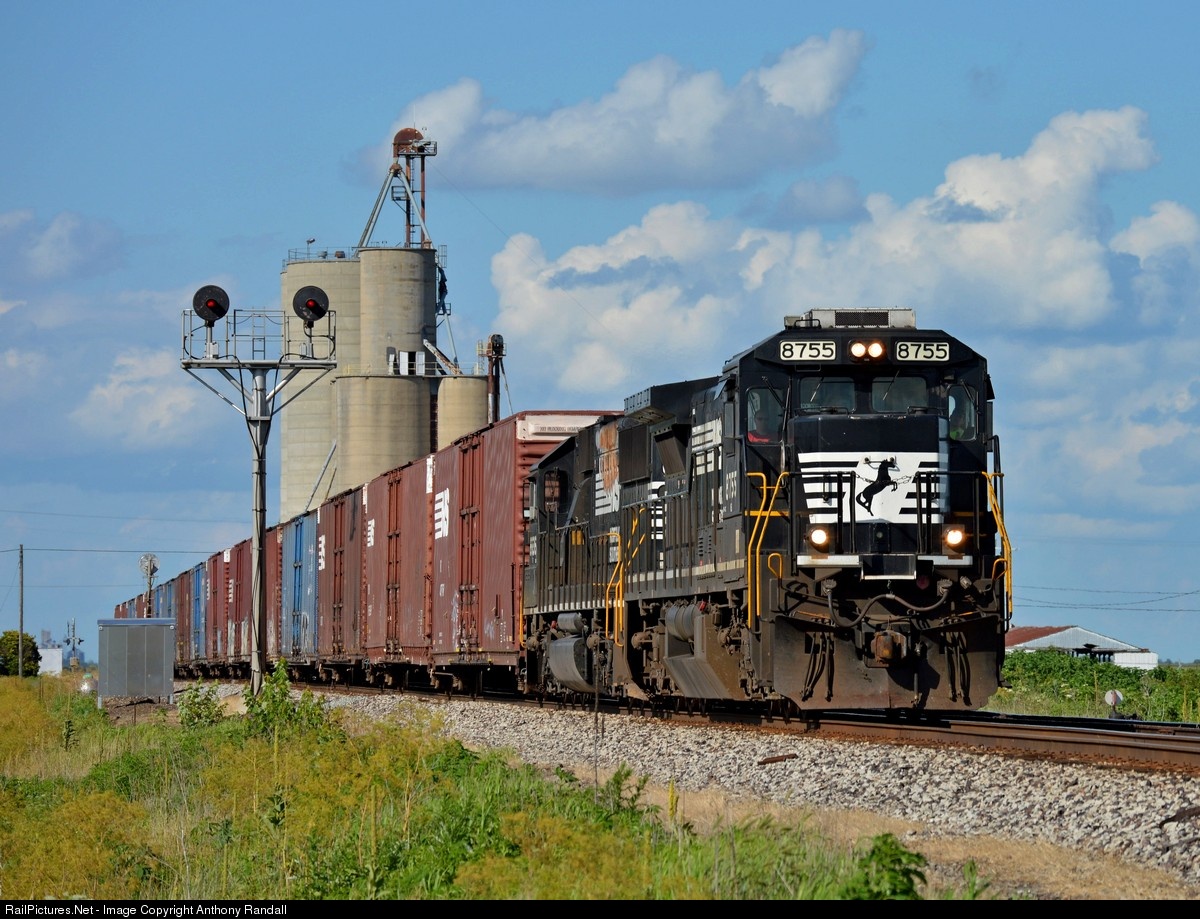

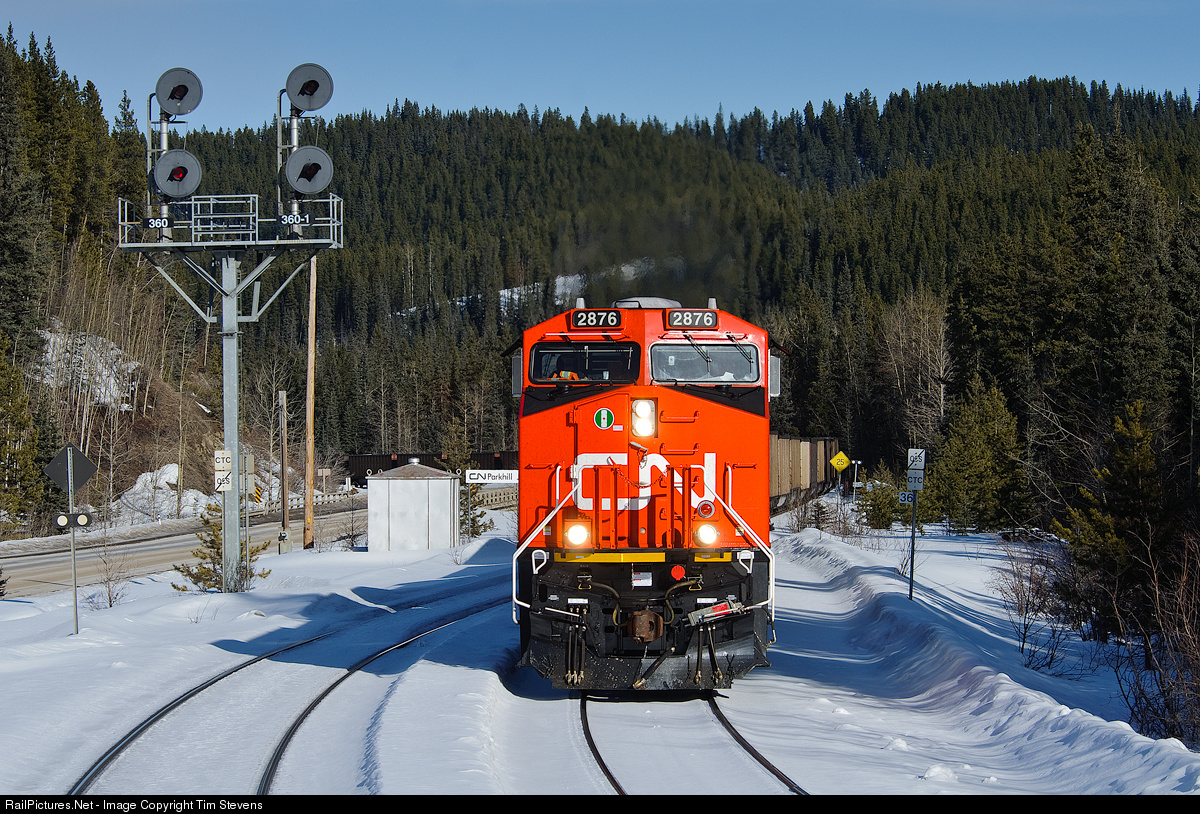
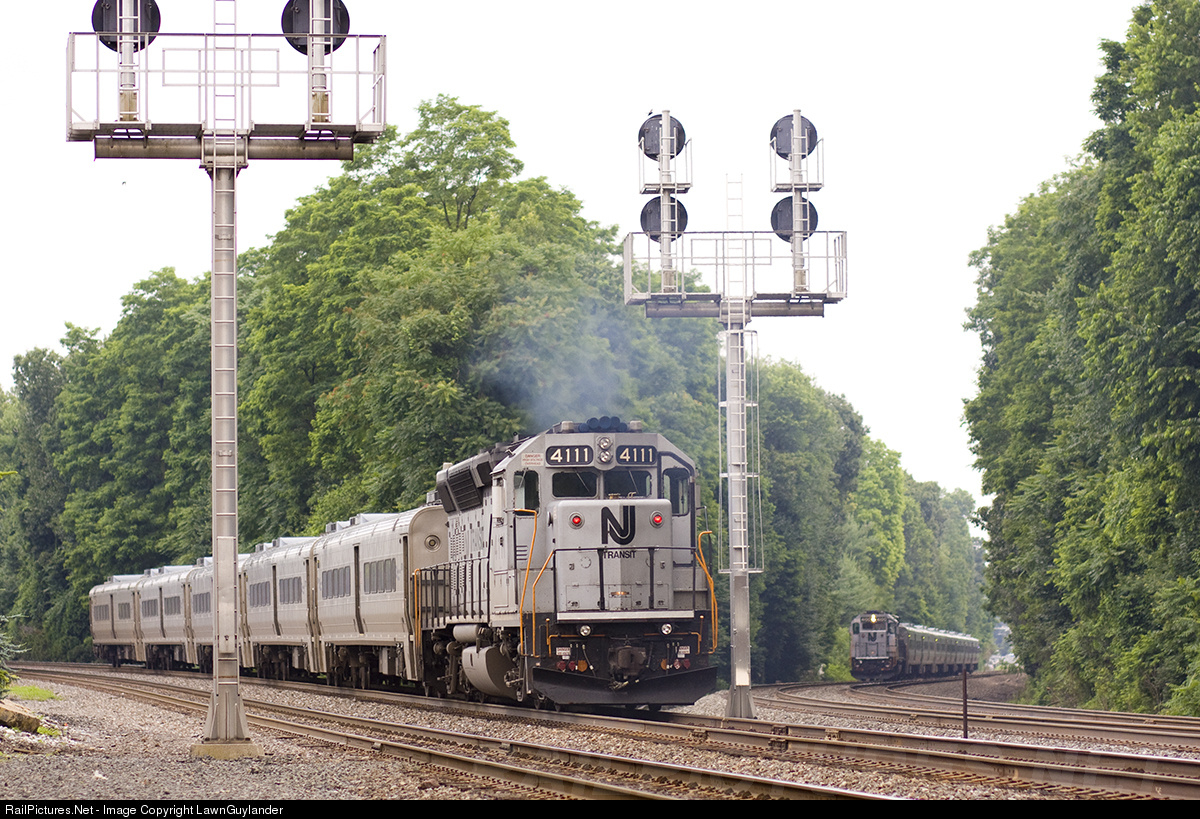

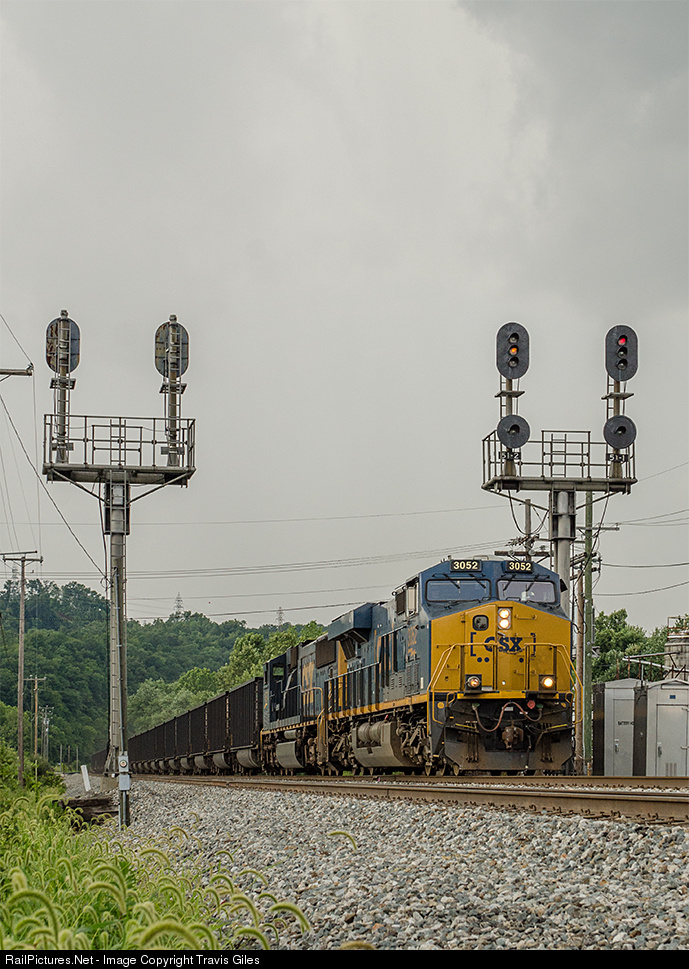

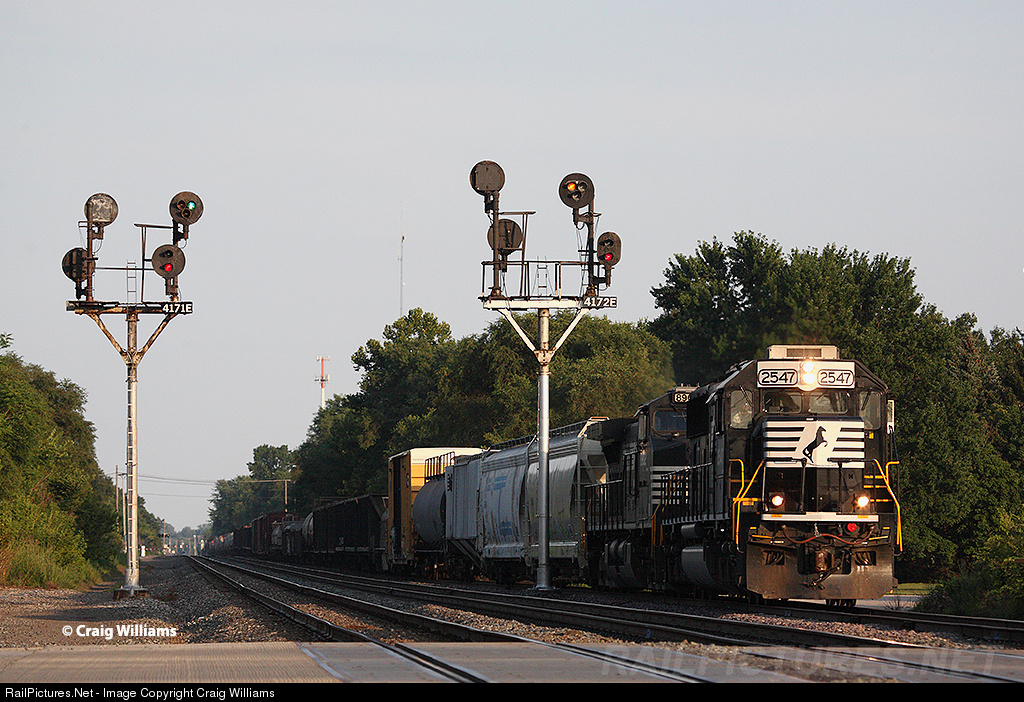
No comments:
Post a Comment